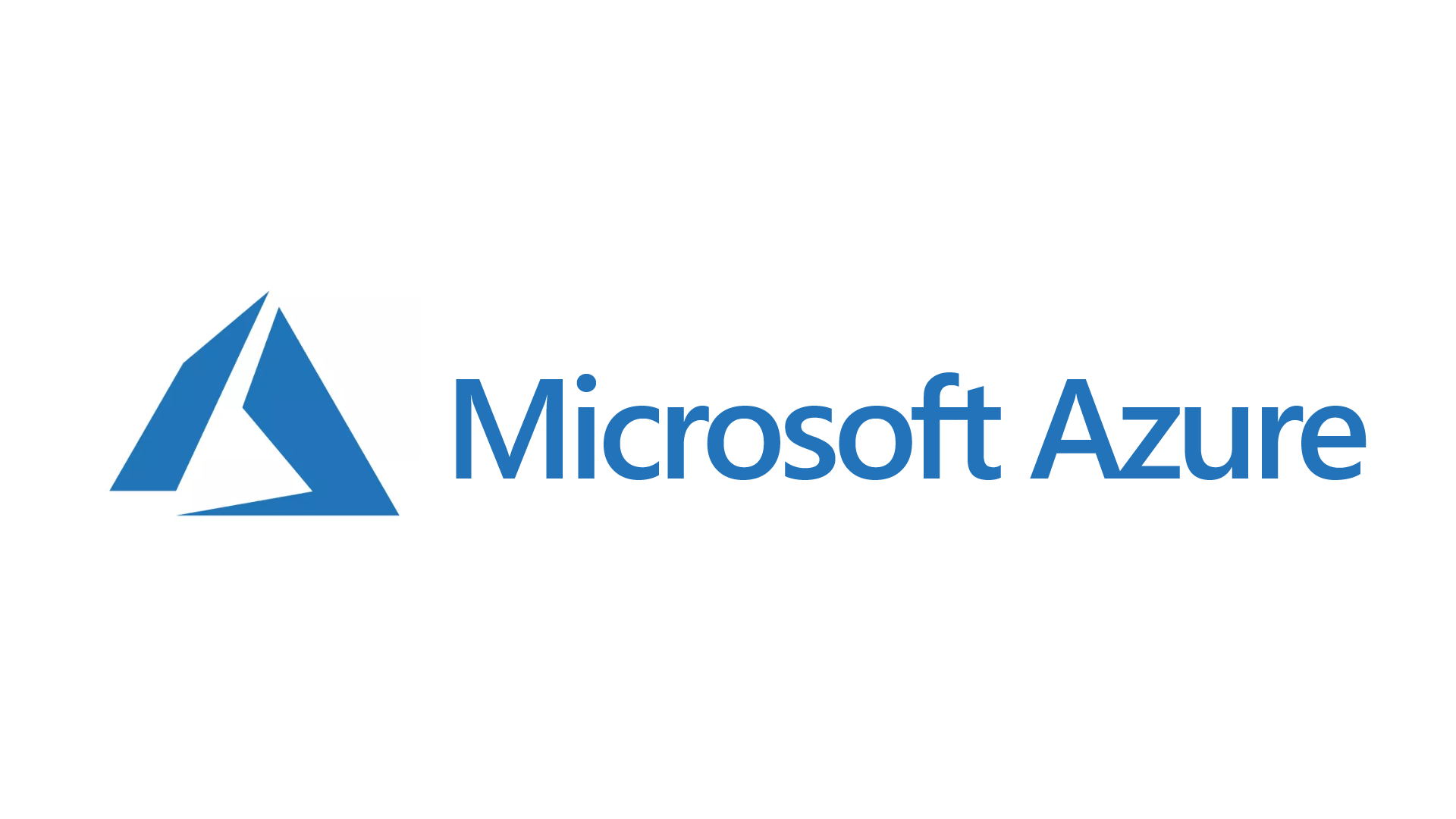The top cloud providers for 2019 have maintained their positions, but the themes, strategies, and approaches to the market are all in flux.
The infrastructure-as-a-service wars have been largely decided, with the spoils going to Amazon Web Services, Microsoft Azure, and Google Cloud Platform, but new technologies such as artificial intelligence and machine learning have opened the field up to other players.
Meanwhile, the cloud computing market in 2019 has a decidedly multi-cloud spin, as the hybrid shift by players such as IBM, which acquired Red Hat, could change the landscape. This year’s edition of the top cloud computing providers also features software-as-a-service giants that will increasingly run more of your enterprise’s operations via expansion.
One thing to note about the cloud in 2019 is that the market isn’t zero sum. Cloud computing is driving IT spending overall. For instance, Gartner predicts that 2019 global IT spending will increase 3.2 percent to $3.76 trillion with as-a-service models fueling everything from data center spending to enterprise software.
In fact, it’s quite possible that a large enterprise will consume cloud computing services from every vendor in this guide. The real cloud innovation may be from customers that mix and match the following public cloud vendors in unique ways.
Key 2019 themes to watch among the top cloud providers include:
- Pricing power. Google raised prices of G Suite and the cloud space is a technology where add-ons exist for most new technologies. While compute and storage services are often a race to the bottom, tools for machine learning, artificial intelligence and serverless functions can add up. There’s a good reason that cost management is such a big theme for cloud computing customers–it’s arguably the biggest challenge. Look for cost management and concerns about lock-in to be big themes. Indeed, a RightScale survey found that cloud cost optimization is a big priority for large companies all the way down to small businesses. Container adoption may also be contributing to cost optimization issues.
- A blending of license, subscription and usage models from software vendors. Cloud computing used to equal subscription and usage based pricing, but Microsoft has moved toward blending models. Other vendors are likely to follow. What Microsoft’s upcoming ‘outsourcing’ licensing changes could mean for your business | Enterprise software vendors mix and match monetization models: What happens when subscription, usage and licensing converge?
- Multi-cloud. A recent survey from Kentik highlights how public cloud customers are increasingly using more than one vendor. AWS and Microsoft Azure are most often paired up. Google Cloud Platform is also in the mix. And naturally these public cloud service providers are often tied into existing data center and private cloud assets. Add it up and there’s a healthy hybrid and private cloud race underway and that’s reordered the pecking order. The multi-cloud approach is being enabled by virtual machines and containers.
- Artificial intelligence, Internet of things and analytics are the upsell technologies for cloud vendors. Microsoft Azure, Amazon Web Services and Google Cloud Platform all have similar strategies to land customers with compute, cloud storage, serverless functions and then upsell you to the AI that’ll differentiate them. Companies like IBM are looking to manage AI and cloud services across multiple clouds.
- The cloud computing landscape is maturing rapidly yet financial transparency backslides. It’s telling when Gartner’s Magic Quadrant for cloud infrastructure goes to 6 players from more than a dozen. In addition, transparency has become worse among cloud computing providers. For instance, Oracle used to break out infrastructure-, platform- and software-as-a-service in its financial reports. Today, Oracle’s cloud business is lumped together. Microsoft has a “commercial cloud” that is very successful, but also hard to parse. IBM has cloud revenue and “as-a-service” revenue. Google doesn’t break out cloud revenue at all. Aside from AWS, parsing cloud sales has become more difficult.
To that end, we’re taking a different approach to our cloud buying guide and breaking the players into the big four infrastructure providers, the hybrid players, and the SaaS crowd. This categorization has pushed IBM from being a big infrastructure-as-a-service player to a tweener that spans infrastructure, platform, and software. IBM is more private cloud and hybrid with hooks into IBM Cloud as well as other cloud environments. Oracle Cloud is primarily a software- and database-as-a-service provider. Salesforce has become about way more than CRM.
This article originally appeared on ZDnet.

